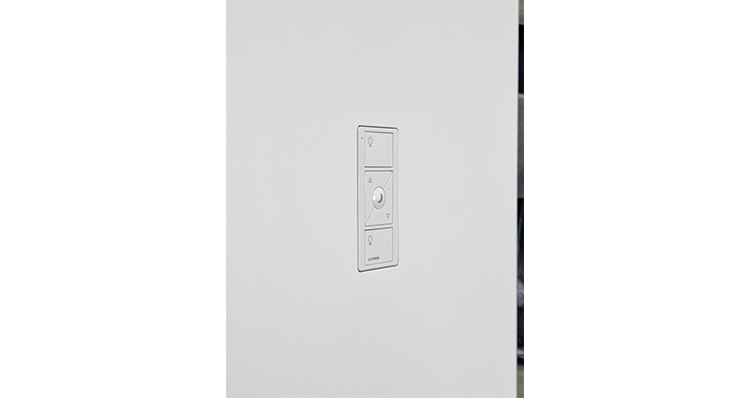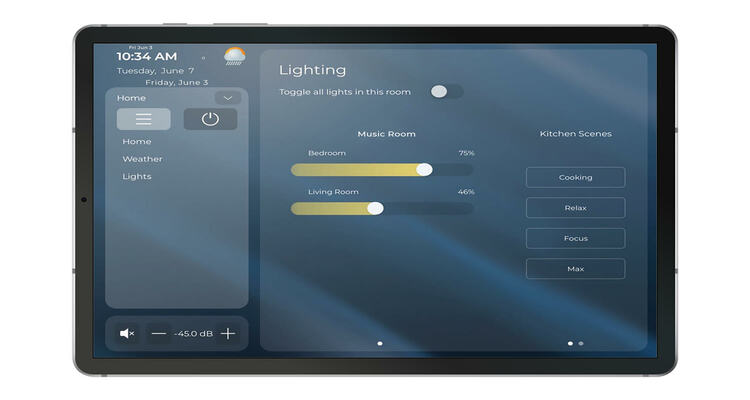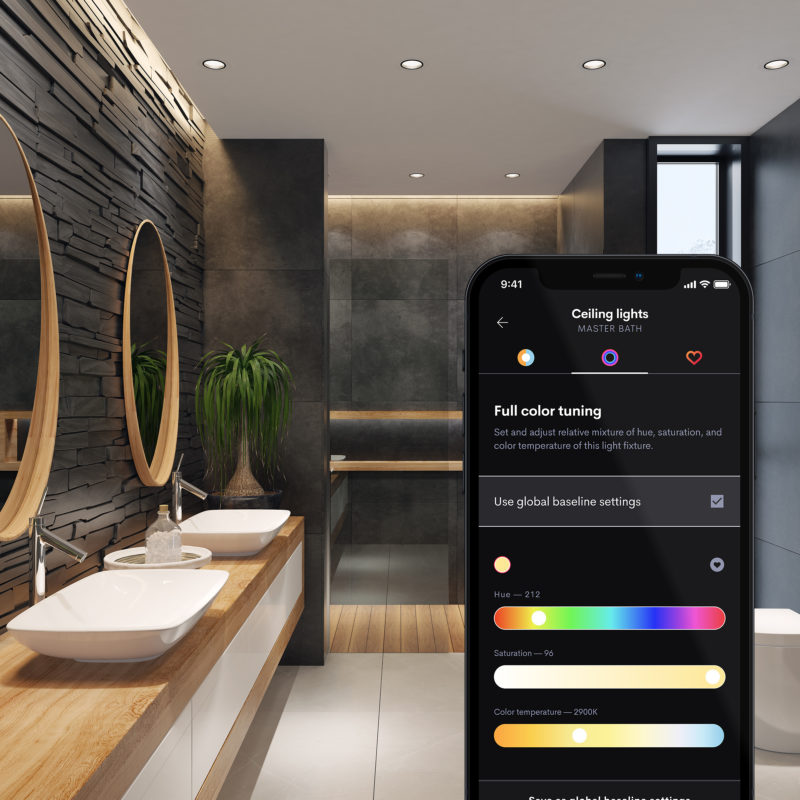Motion Sensors for Interior Lighting Control Beat Schedules Every Time
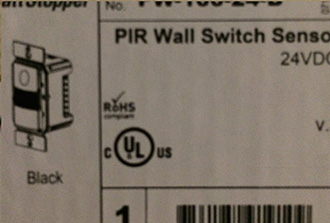 A customer with a large aquatic center asked us to look into a better way to manage lighting, and offer a solution for reducing damage from rambunctious children to the existing low voltage light switches. The building already had an existing high end Crestron Lighting Control System, but in this case it was not being utilized in a way that was best for the aquatic environment. Because of the daily schedule changes, and near constant activity, scheduling of lighting usage was not being effective on any circuits but exterior zones. Additionally the customer wanted to conserve energy, so our challenge was to find a solution that could work with the spaces needs as well as the minimal budget.
A customer with a large aquatic center asked us to look into a better way to manage lighting, and offer a solution for reducing damage from rambunctious children to the existing low voltage light switches. The building already had an existing high end Crestron Lighting Control System, but in this case it was not being utilized in a way that was best for the aquatic environment. Because of the daily schedule changes, and near constant activity, scheduling of lighting usage was not being effective on any circuits but exterior zones. Additionally the customer wanted to conserve energy, so our challenge was to find a solution that could work with the spaces needs as well as the minimal budget.
I have often stated that “sensors beat scheduling,” and this was a great opportunity to demonstrate this truth. The solution ended up being a simple and low cost project that had big results in many areas.
The existing LV wall switch worked great, but it took a lot of abuse and punishment from the children. Additionally the lights were turned on and often ran without use for hours. A 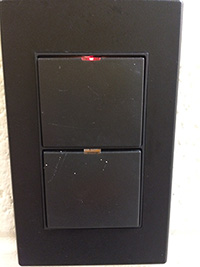 classic case for vacancy-based switching. Removing the need for little wet hands also told us occupancy-switching was needed. I should note here that typically you want your users to turn on the lamps as a conservation SOP. It this case the constant damage to switches out weighed this practice.
classic case for vacancy-based switching. Removing the need for little wet hands also told us occupancy-switching was needed. I should note here that typically you want your users to turn on the lamps as a conservation SOP. It this case the constant damage to switches out weighed this practice.
We removed the existing Low Voltage (LV) switch and reusing the installed LV cable we connected it to a new sensor input module configured for contact closure reporting back to lighting controller — just like the original LV switch that we removed, so the controller needed no changes in logic, just changes in the reporting hardware.
lighting controller — just like the original LV switch that we removed, so the controller needed no changes in logic, just changes in the reporting hardware.
The PIR wall switch we chose was a low voltage model and not one of the standard 120v replacement units (we only needed the switch to tell us the occupancy state and that info would be  passed to controller for lamp switching). We connected the PIR and set the dip switches for a 20 minute timeout, and then confirmed that the lighting controller switched the area lamps to follow the state of the PIR. No hands required to turn the lamps on and when vacant the lamps went off.
passed to controller for lamp switching). We connected the PIR and set the dip switches for a 20 minute timeout, and then confirmed that the lighting controller switched the area lamps to follow the state of the PIR. No hands required to turn the lamps on and when vacant the lamps went off.
Once completed the reliability/convenience of the system went up significantly because of the 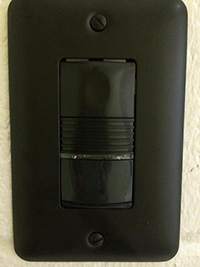 removed switches, and the PIR ensured the lights were only on when occupied. Also the Safety/Security lamps ensured it was never completely dark if turned off with someone present (no motion sensor is perfect). The front desk personnel quickly discovered that their touch panel/status board now showed at a glance which spaces are occupied — no more lost children.
removed switches, and the PIR ensured the lights were only on when occupied. Also the Safety/Security lamps ensured it was never completely dark if turned off with someone present (no motion sensor is perfect). The front desk personnel quickly discovered that their touch panel/status board now showed at a glance which spaces are occupied — no more lost children.
Additional benefits: Because we now have the occupancy status of spaces our next step will be to pass that information to the Building Automation System so that it can turn on/off HVAC in those spaces as needed — more energy saved. While in the system we also added a “Building Shutdown” button that among other things created a lighted exit pathway for employees late at night, and then turned off the remaining lamps after a couple minutes.
- Reliability: UP
- Energy Usage: DOWN
- Safety/Security/Convenience: UP
- Cost: LOW
Our final step in this upgrade was to link the lighting control system to our in house Support Desk Dashboard, which allowed us to access the system through the firewall for software tweaks without going to the customer site again. The customer had numerous little changes after the project was completed that could have been costly to their budget, but with remote access the change charges were minor and often were zero — this is a very happy customer.



